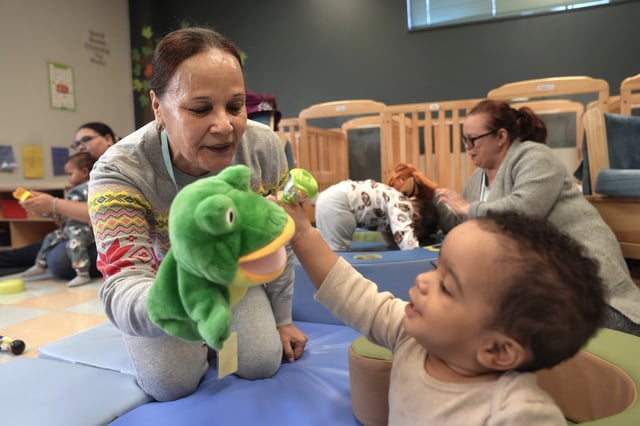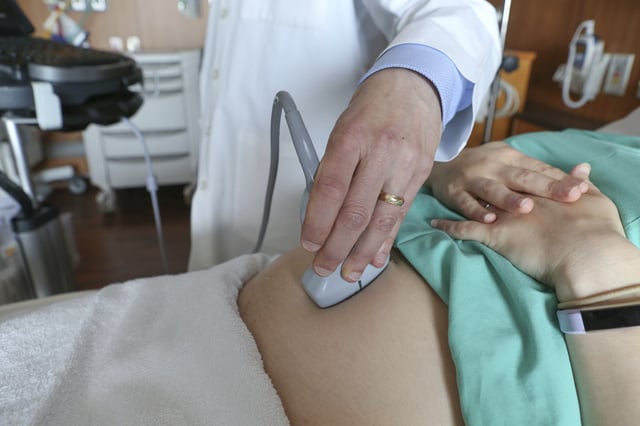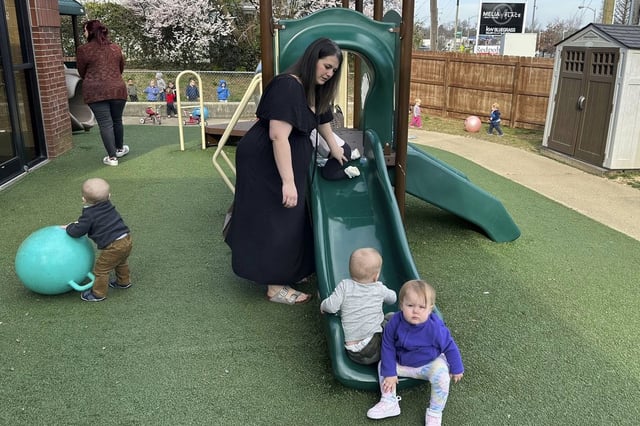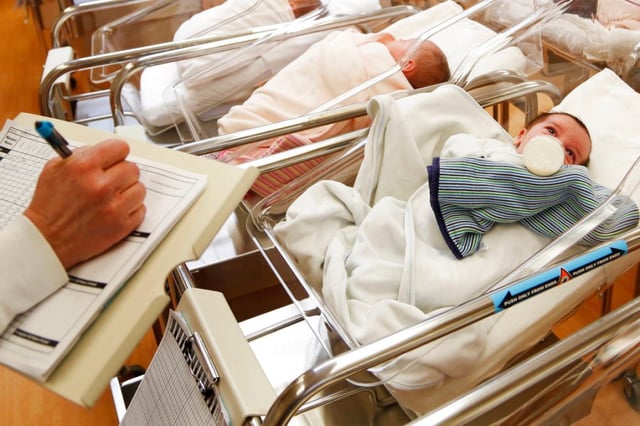Overview
- The U.S. fertility rate has dropped from 3.6 children per woman in 1960 to roughly 1.6 today, mirroring a global fall from five births per woman in the 1960s to about 2.2.
- An AP-NORC survey finds just 28% of adults view declining birth rates as a major problem and only 12% support making higher fertility a federal priority.
- About three-quarters of respondents cite the high cost of child care as a major concern and 55% call for improved maternal health outcomes.
- New research shows traditional pronatalist measures such as baby bonuses and expanded parental benefits have failed to generate lasting increases in birth rates.
- Scholars and opinion leaders are advocating for transformative policies—including full child tax exemptions, guaranteed family mortgages, and year-long paid leave—to tackle cultural and opportunity-cost barriers to childbearing.



